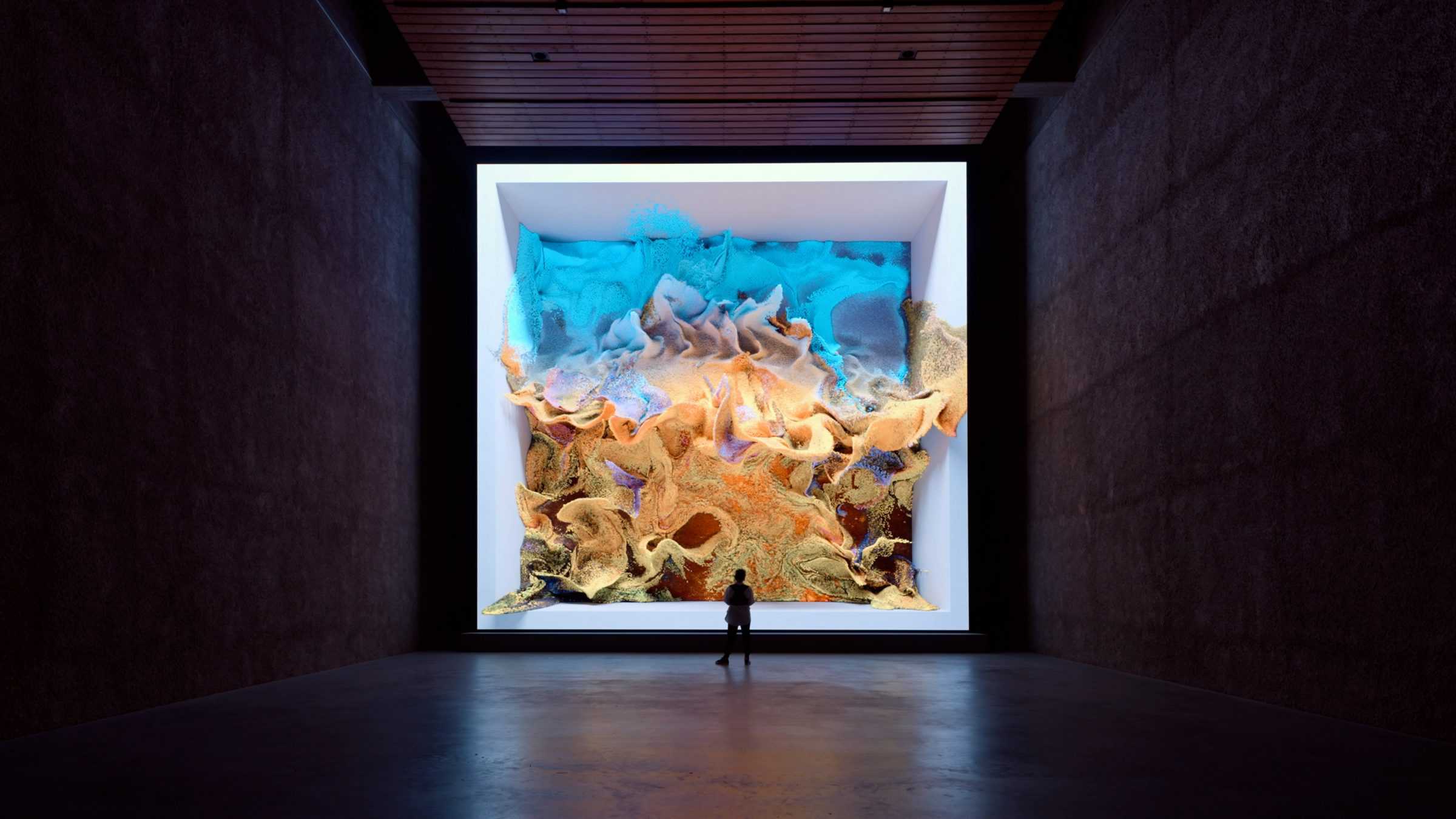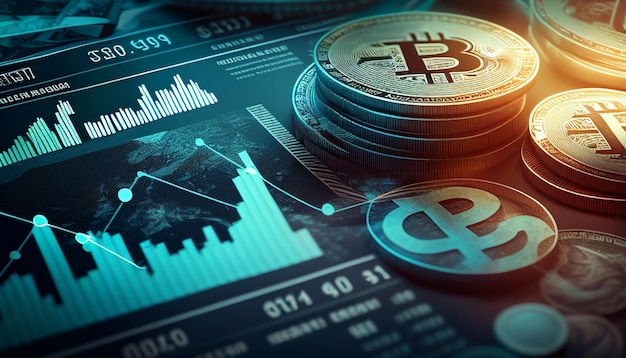In an era where technology and creativity intertwine more than ever before, the world of art is undergoing a profound transformation. Artists, designers, musicians, and creators across various disciplines are increasingly turning to artificial intelligence (AI) as a creative collaborator. What was once the realm of science fiction is now a reality, as AI-enhanced creativity is pushing the boundaries of what’s possible in the world of art.
In this blog post, we will delve into the fascinating realm of AI-enhanced creativity and explore how artists are leveraging machine learning algorithms to augment their creative processes. We will also discuss the benefits and challenges of collaborating with machines on artistic projects and the ethical considerations that come with it.
The Fusion of Art and Technology
The relationship between art and technology is not new. Throughout history, artists have often embraced new technologies to explore and expand their creative horizons. From the invention of the camera, which transformed photography and visual arts, to the emergence of digital tools that revolutionized graphic design, technology has always been a catalyst for artistic innovation.
Today, AI represents the latest frontier in this ongoing fusion of art and technology. Machine learning algorithms can analyze vast datasets, recognize patterns, and generate content based on learned patterns. This capability has opened up exciting possibilities for artists and creators.
AI as a Creative Collaborator
One of the most significant developments in AI-enhanced creativity is the use of AI as a collaborative tool. Artists and creators are employing AI algorithms to assist them in various stages of the creative process. Here are some ways in which AI is making its mark in the world of art:
Generative Art: AI algorithms can generate unique artworks by learning from existing pieces or even creating entirely new styles. Artists like Mario Klingemann use AI to create mesmerizing pieces that challenge our understanding of art’s creative origins.
Music Composition: Musicians are using AI to compose music, generate melodies, and even provide new ways to remix existing tracks. AI-generated music has been used in film scores and electronic music, pushing the boundaries of what is musically possible.
Visual Effects and Design: In the world of design and visual effects, AI can automate repetitive tasks, enhance image quality, and even generate 3D models. This accelerates the creative process and allows artists to focus on the more imaginative aspects of their work.
Writing and Literature: AI-powered natural language processing is being employed to assist authors in generating content, suggest plot ideas, or even mimic the writing styles of famous authors. While AI-written literature may not replace human creativity, it can certainly serve as a valuable tool.
The Benefits of AI Collaboration
Collaborating with AI offers several advantages to artists and creators:
Efficiency: AI can automate time-consuming tasks, allowing creators to focus on the more creative aspects of their work.
Inspiration: AI-generated content can inspire new ideas and directions, breaking creative blocks.
Experimentation: Artists can experiment with styles and techniques they might not have explored on their own.
Accessibility: AI tools are becoming more accessible, leveling the playing field for artists who may not have had access to expensive equipment or training.
Challenges and Ethical Considerations
While AI-enhanced creativity holds immense promise, it also raises several challenges and ethical considerations. These include:
Originality: The question of whether AI-generated art can be considered truly original remains a subject of debate.
Ownership: Determining who owns the rights to AI-generated art can be complex, especially when multiple parties are involved in the creative process.
Bias: AI algorithms can perpetuate biases present in their training data, raising concerns about diversity and representation in AI-generated content.
Human-AI Balance: Striking the right balance between human creativity and AI assistance is an ongoing challenge, as excessive reliance on AI can risk stifling human innovation.
The Future of AI-Enhanced Creativity
The future of AI-enhanced creativity is promising. As AI technologies continue to advance, we can expect to see more seamless collaborations between humans and machines. Artists and creators will likely develop new and innovative ways to harness the power of AI to push the boundaries of what is artistically possible.
In conclusion, AI-enhanced creativity represents a thrilling frontier in the world of art. By collaborating with machines, artists and creators are redefining the creative process, pushing the boundaries of what’s possible, and inspiring new artistic directions. As technology continues to evolve, the synergy between human creativity and AI innovation will undoubtedly lead to even more astonishing and thought-provoking works of art. It’s an exciting time to be at the intersection of art and technology, and the journey has only just begun.





